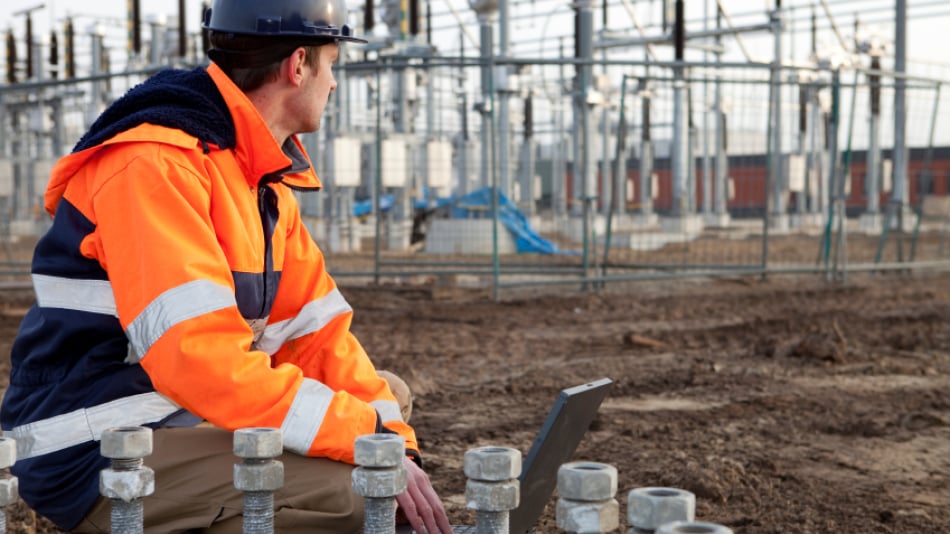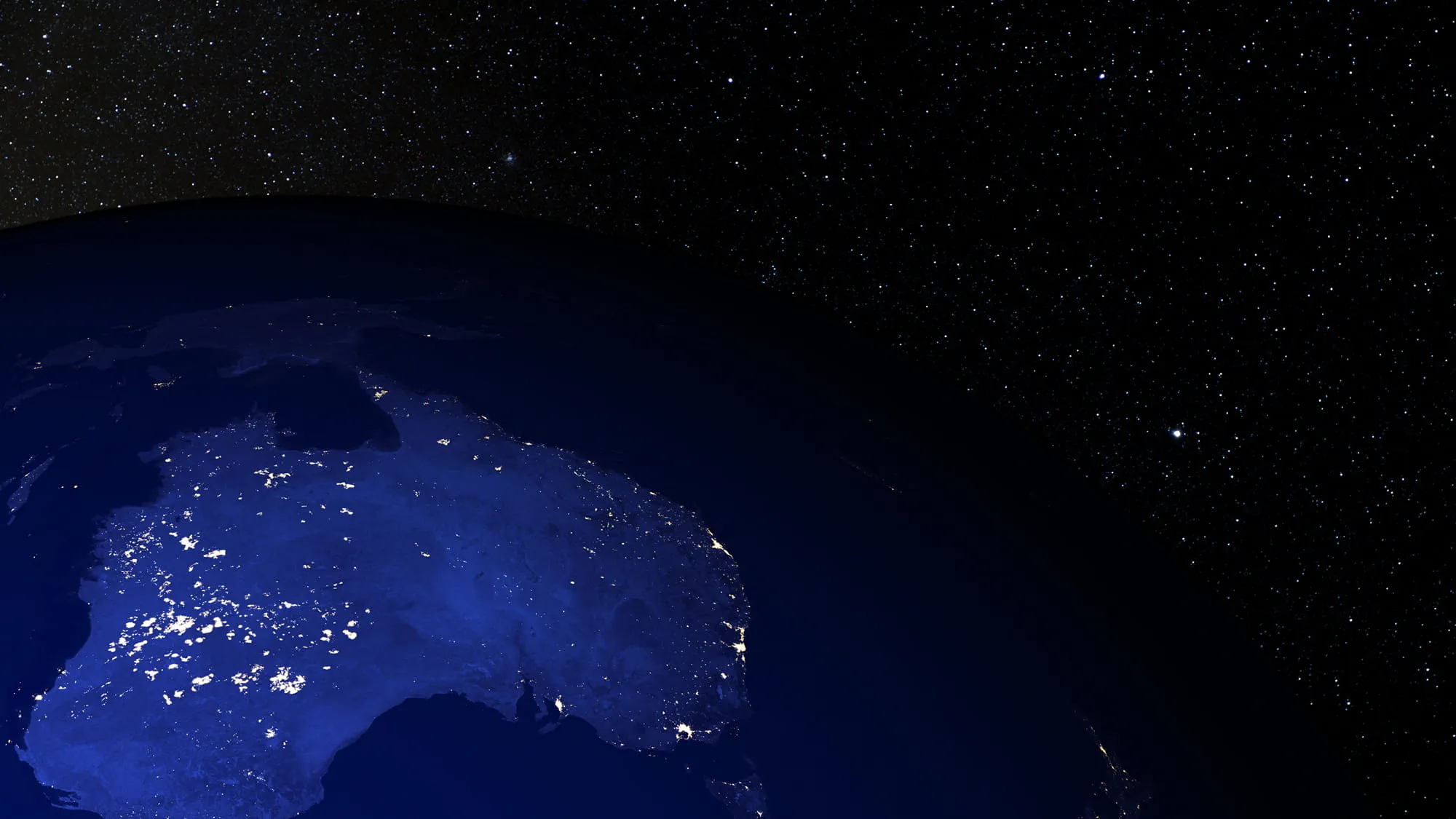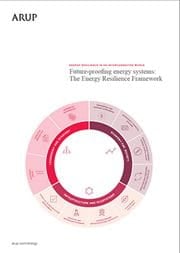Resilience is measured by the ability to absorb and adapt in a changing environment. This includes the capacity to prepare for and reduce the magnitude of impact caused by disruptive events, shock and stresses, and the ability to recover rapidly. In terms of our energy system, resilience is linked to the ability to continually supply energy during and after an incident.
The recent bushfires, and subsequent strong winds and heavy rain events across Australia’s east coast hit the electricity network hard. Critical infrastructure was affected, including poles and wires, regional substations and state interconnectors, which led to blackouts for tens of thousands of homes. Rural towns and those living on the edge of the grid were most affected where there is currently a lack of network contingency or back-up supply.
Working together, the Australian Energy Market Operator (AEMO), energy providers and transmission and distribution network service providers were able to avoid more widespread blackouts, which included contracting emergency back-up power and asking households and large industrial energy users to cut down on power.
However, lengthy network recovery times, intermittent surges in wholesale power prices and thousands remaining without power weeks later, highlighted a lack of overall system resilience.
Many stories have emerged about the extensive impacts the blackouts have had on everyday life, with loss of communication networks, temporary closure of schools, impacts to medical centres, and interruption to the supply of safe drinking water being only a few.
During the fires, AEMO acknowledged weaknesses across the National Energy Market (NEM), calling it a ‘wake-up call for further investment’.
However, resilience has been a key topic for some time, particularly following the 2016 South Australian blackout, the Finkel Review (2017) and AEMO’s 2018 Integrated System Plan (ISP). The Finkel Review identified that the NEM is particularly exposed to climate related impacts, while the ISP recognised some of the network’s vulnerabilities to extreme weather conditions (high temperatures, bushfire, high winds, droughts and floods) and to other threats.
While energy generators and operators have developed their own business continuity and emergency plans, AEMO is looking to establish a ‘best practice’ approach to improving resilience across the energy supply chain. This includes looking to international case studies and lessons learnt, such as the recent Californian bushfires.
However, improving overall system resiliency could prove quite complex. Not only is our environment changing with more extreme weather, our energy system is also undergoing huge transformation.
We are moving away from a centralised model of large generators supplying customers over long distances, to a more decentralised system with dispersed renewable generation. This includes a future where customers will be at the heart of the system because they can generate and store their own electricity. Moreover, we are evolving as a more connected and interdependent society, with energy supply key for the functioning of other critical infrastructure and services, including water, transportation, telecommunications, healthcare etc.
In late 2019, Arup released an Energy Resilience Framework (ERF) for this very purpose - to assist those responsible for energy systems to evaluate their overall resilience to a range of potential disruptors and identify and prioritise improvement measures.
The ERF was developed following collaboration with Lloyd's on the Future Cities: Building Infrastructure Resilience research report. It evaluates the resilience of a system by considering physical assets as well as by acknowledging the equal importance of leadership, economic and social factors.
The ERF encourages an outcomes-based approach to resilience by identifying the desired (or acceptable) technical, financial, organisational and social outcomes following a disruptive event. Performance of the system can then be designed for and assessed against these outcomes. This helps establish a clear business case for investing in resilience measures and managing stakeholder expectations.

Planning for the evolving energy system in parallel presents further opportunity to understand the critical points within the system as a whole, the physical and social interdependencies, and ensure the building of assets can accommodate future adaptation without resulting in significant costs.
While each organisation across the energy supply chain will differ, the ERF provides a holistic framework for businesses to more confidently make risk-based decisions and remain agile while planning for a more resilient network in a changing environment.
In the case of the recent Australian bushfires, the ERF can be applied to describe what happened, exploring the events during pre-disruption, during disruption and post-disruption, and examine the current practices and regulations and any post-disruption recommendations, to map out a pathway on how to start collaboratively tackling energy resilience.
Each major disruptive event, such as the bushfires, should be a lesson for other cities, regions and countries across the world about maintaining a resilient energy system to minimise a domino effect.
Understanding the impact of climate events and how to apply energy resilience for future scenarios will help understanding, awareness and planning for years to come.
Originally appeared online at PV Magazine.
 ;
;
